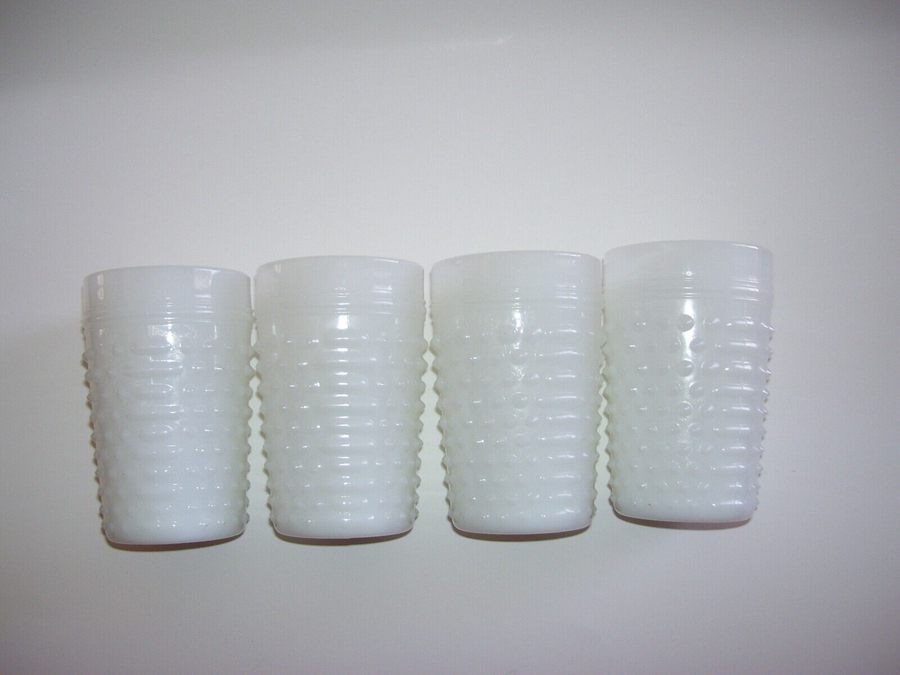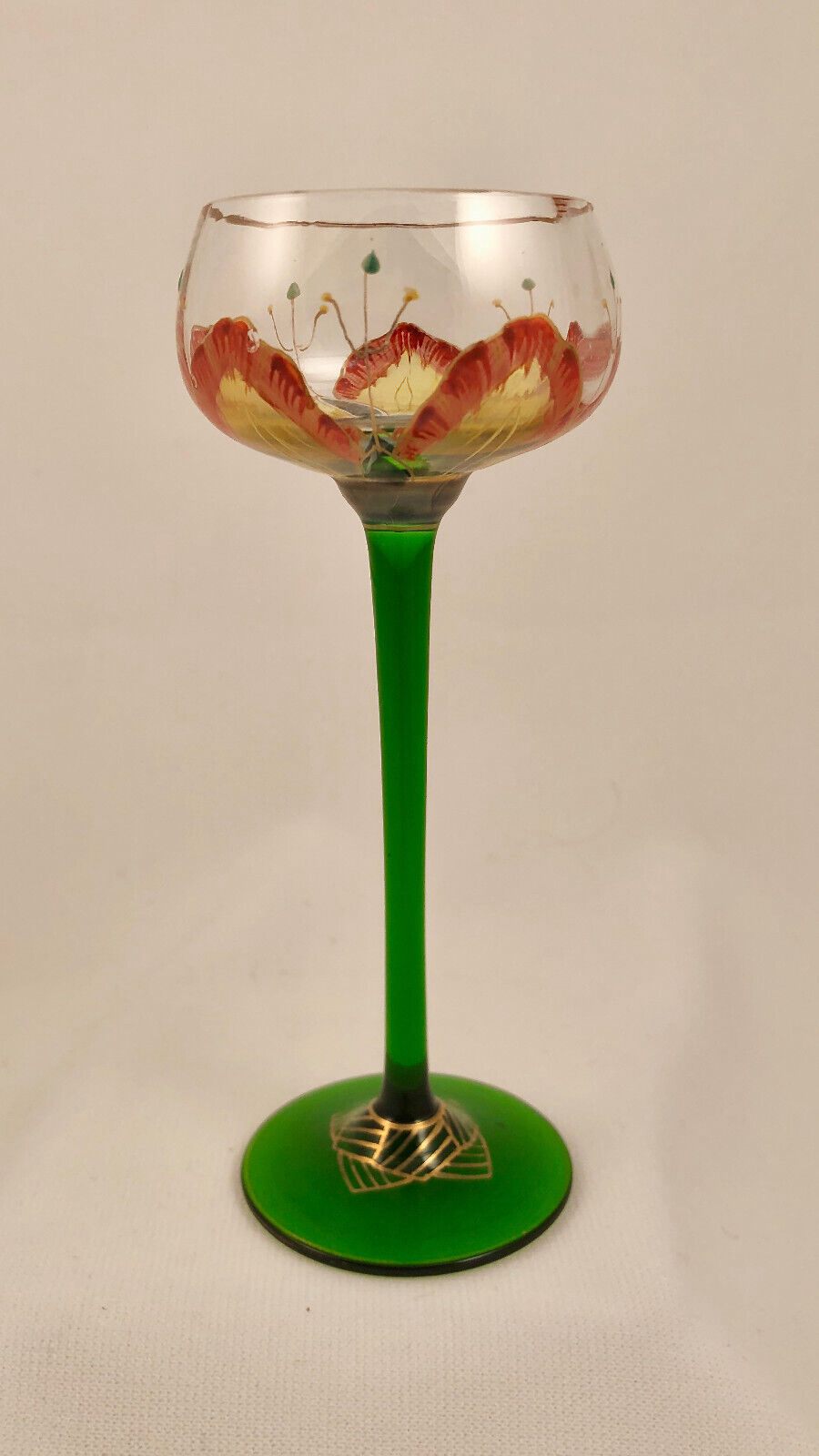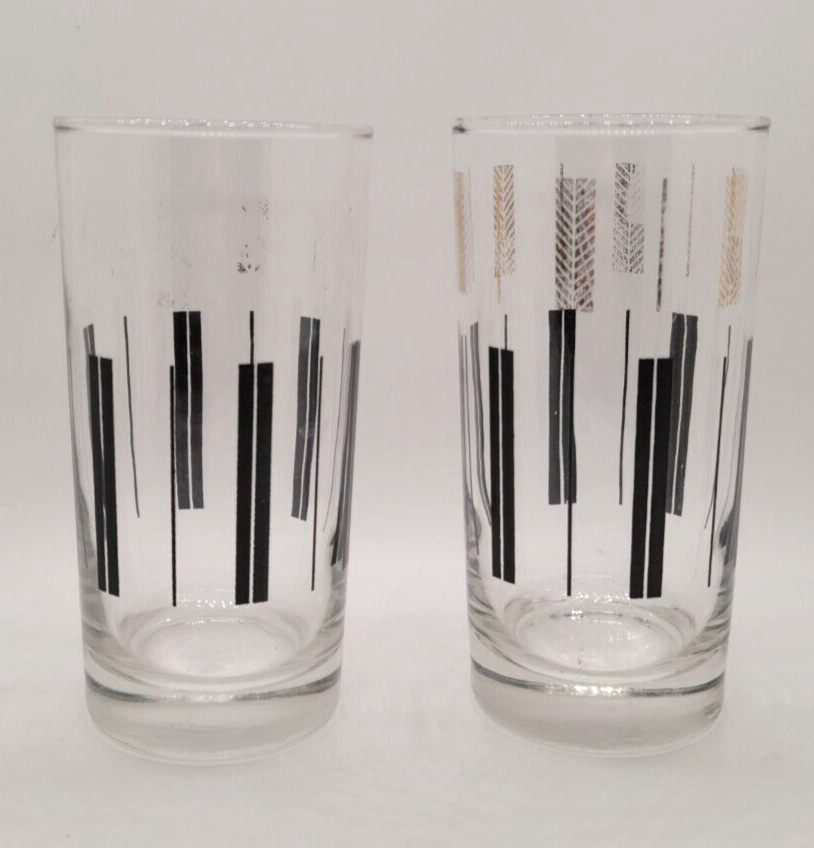Antique drinking glasses are a fascinating collector’s item, combining history, craftsmanship, and artistry. Collecting antique glassware allows you to preserve a piece of the past while appreciating the unique beauty of these delicate vessels. As you embark on your journey into the world of antique drinking glasses, understanding the different types of glasses, along with identification methods and value determination, is essential.
You’ll come across various types of old drinking glasses, such as baluster, twisted stem, and facet stem. The baluster type is particularly rare and sought-after. Recognizing distinct features like pontil marks, yellow patina, bubbles, or twisted rims can help you identify a genuine antique. Additionally, using a glassmaker’s marks book or online resources can be helpful in confirming the origin and age of the glass.
As you grow your collection, understanding the value of each piece is crucial for both insurance and potential sale purposes. Factors influencing the value include the rarity, condition, age, and intricacy of the glass. Keep expanding your knowledge of antique drinking glasses, and you’ll soon develop expertise in this fascinating field.
Table of Contents
How to tell if Drinking Glass is Antique or old
When examining the drinking glass, you should first look for signatures or marks. These can often be found on the underside or body of the glass. If the signature is faint, try rubbing the glass with a charcoal pencil to reveal it better. Signatures can help you identify the maker and age of the glass.
Another important aspect to consider is the presence of scratches. Antique and older glasses tend to have scratches that go in every direction, whereas newer pieces might only have scratches all going in the same direction. Pay close attention to the bottom and rim of the glass where scratches tend to accumulate.
In addition to scratches, older drinking glasses can exhibit flaking, particularly around the rim. Flaking occurs when small pieces of glass chip off over time, giving the rim a rough appearance.
While examining the glass, also look for any straw marks. These are irregularities or lines that appear when looking at the glass from the side. Older glassware tends to have more visible straw marks compared to reproductions or newer pieces.
When it comes to antique drinking glass types, you may encounter various styles such as air-twist stem glasses and opaque twist glasses. Identifying these specific types can lend support to the age of your drinking glass.
To recap, the main points to consider when determining if a drinking glass is antique or old include:
- Signatures or marks
- Scratches (direction and location)
- Flaking around the rim
- Presence of straw marks
- Specific types of antique glasses
By evaluating these factors and comparing them to known antique glass styles, you can better determine if your drinking glass is indeed antique or old.
Types of Antique Drinking Glasses
Depression Glass
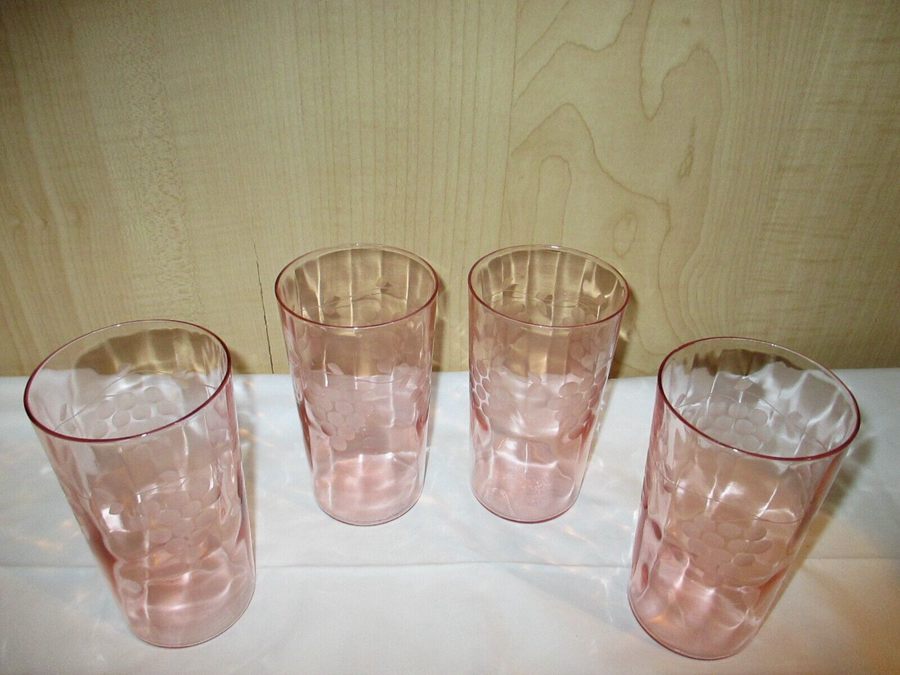
Depression glass is a type of antique glass that was popular during the Great Depression era. This type of glass was mass-produced and affordable, making it accessible to many households. The distinctive features of Depression glass include bright colors, simple patterns, and thin, lightweight construction.
Cut Glass

Cut glass is a type of antique glass that features intricate designs and patterns that are hand-cut or engraved onto the glass surface. This technique gives cut glass a distinctive brilliance and beauty. Some popular forms of cut glass include vases, bowls, and plates.
Pressed Glass

Pressed glass is made by pressing molten glass into molds to create specific shapes and designs. This process allows for more intricate and detailed patterns compared to hand-blown glass. Pressed glass was popular in the 19th and early 20th centuries, and you can find it in a variety of forms, including drinking glasses, serving dishes, and decorative items.
Carnival Glass

Carnival glass is a type of antique glass known for its distinctive iridescent surface, which gives the glass a shimmering, “oily” appearance. Carnival glass was made by spraying a solution of metallic salts onto the surface of the glass before it cooled, creating the iridescent effect. Popular forms of carnival glassware include bowls, vases, and pitchers.
Crystal Glass
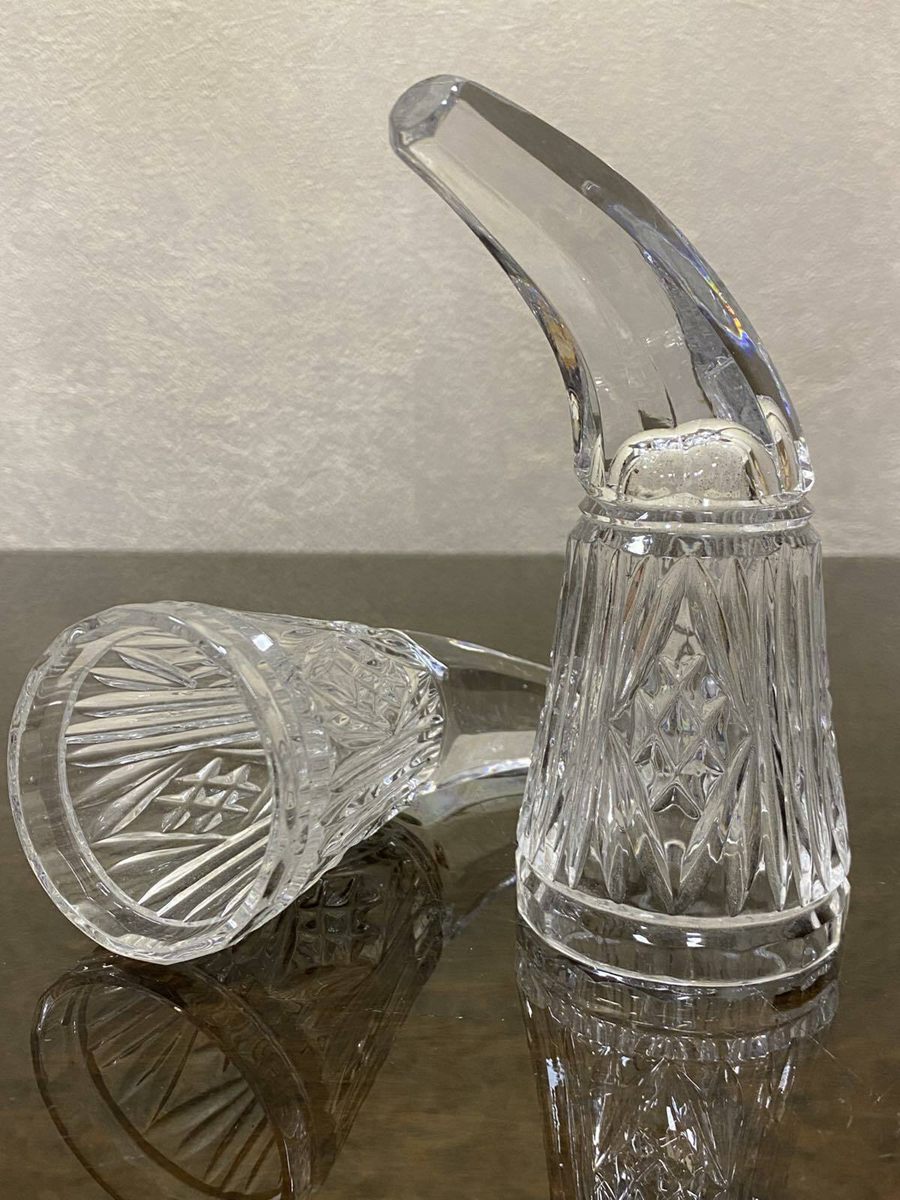
Crystal glass is a high-quality type of glass that contains lead oxide, which adds weight, clarity, and brilliance to the finished product. Antique crystal glassware features exquisite craftsmanship and intricate patterns, making it highly sought-after by collectors. Crystal glass often includes vases, stemware, and decorative items.
Elegant Glass
Elegant glassware is a category of antique glass that includes high-quality, hand-finished pieces made by skilled craftspeople. This type of glass features delicate designs, intricate patterns, and a variety of colors and finishes. Elegant glassware encompasses various styles, ranging from simple and classic to ornate and decorative.
Milk Glass
Milk glass is a type of opaque glass that is white or off-white in color. It was popular during the 19th and 20th centuries and can be found in a variety of forms, including drinking glasses, vases, and serving dishes. Milk glass is appreciated for its simple designs and creamy, classic appearance.
Art Nouveau Glass
Art Nouveau glass is a type of antique glass that emerged in the late 19th and early 20th centuries. This style features organic, flowing lines, and intricate designs inspired by the natural world. Art Nouveau glass was often handcrafted, resulting in unique and exceptional pieces, such as vases and decorative objects.
Art Deco Glass
Art Deco glass is characterized by geometric shapes, bold colors, and streamlined designs that reflect the modernist movement of the 1920s and 1930s. This style of glassware includes drinking glasses, vases, and decorative objects that have an air of sophistication and elegance.
Venice Glass
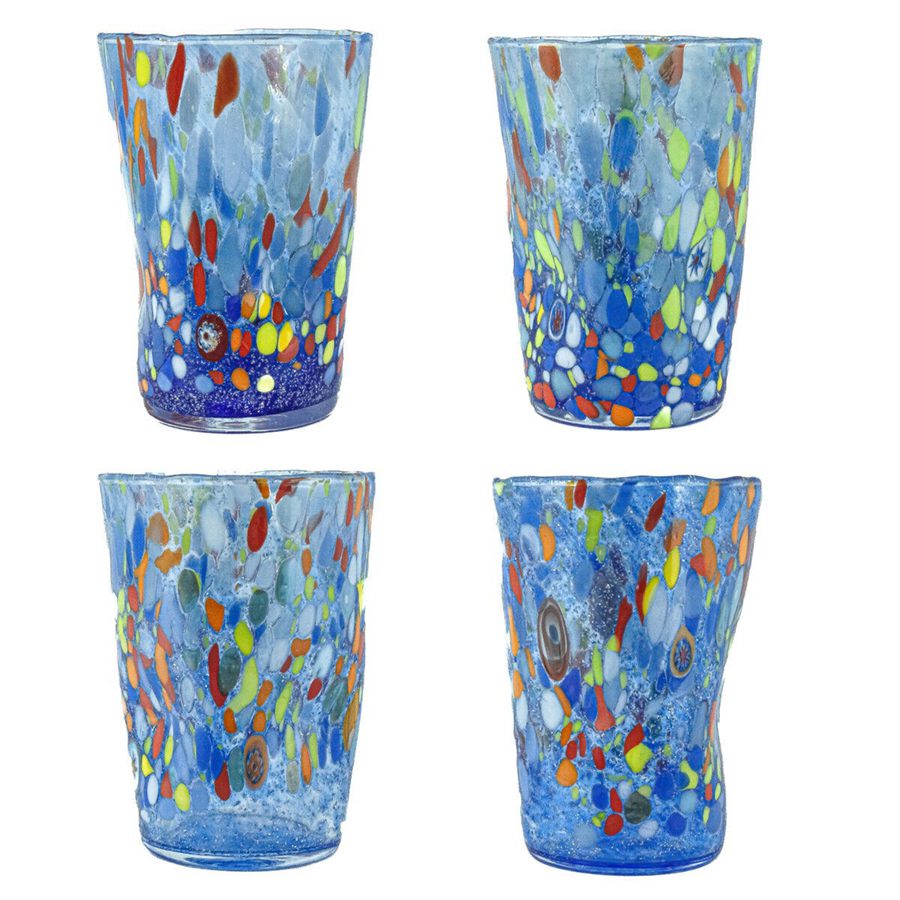
Venice glass is a type of antique glass that originates from the Murano island in Venice, Italy. This glass is known for its vibrant colors, intricate patterns, and exceptional craftsmanship. Venice glass can be found in various forms, including vases, drinking glasses, and decorative items.
Popular Glass Manufacturers
In this section, you’ll learn about some of the most popular antique glass manufacturers and their contributions to the world of glassmaking.
Cambridge Glass Company
Cambridge Glass Company was established in 1901 in Cambridge, Ohio. Known for its high-quality glass products, they produced various glass types including pressed, blown, and etched. Some popular patterns you may come across are “Rose Point”, “Caprice”, and “Wildflower”. Keep an eye out for their unique glassmaker marks, such as a triangle with the letter “C” inside.
Jeannette Glass Company
Jeannette Glass Company, founded in 1898 in Jeannette, Pennsylvania, was renowned for their tableware, kitchenware, and Depression glass. Their most famous pattern is the “Cubist” glass design. When identifying Jeannette glass, look for the letter “J” in a square or diamond, their typical glassmaker mark.
Libbey Glass Company
Libbey Glass Company, established in 1818 in Massachusetts, is one of the oldest glass manufacturers in the United States. They are known for their quality glassware and barware. When identifying Libbey glassware, search for the “L” inside a circle, their distinct glassmaker mark.
Fenton Art Glass Company
Founded in 1905, Fenton Art Glass Company became famous for their colored glass and quality vintage pieces. Based in Williamstown, West Virginia, they introduced notable patterns like “Hobnail” and “Carnival Glass”. Their glassware can be identified by a stylized “F” and the company name as the glassmaker mark.
Westmoreland Glass Company
Westmoreland Glass Company, founded in 1889 in Pennsylvania, was a leader in milk glass production. Their popular patterns include “Beaded Grape” and “Paneled Grape”. To identify Westmoreland products, look for the intertwined letters “W” and “G” as the glassmaker mark.
Dugan Glass Company
Established in 1904 in Indiana, Dugan Glass Company quickly gained fame for their pressed glass and Carnival glass. Some noteworthy patterns you may find are “Peach Opalescent” and “Diamond and Fan”. Dugan glassware can be identified by the marks “D” or “D in a diamond”.
Roden Brothers of Montreal
Roden Brothers of Montreal, a Canadian glass manufacturer, was established in the late 19th century. While they are not as widely known as their American counterparts, their glassware gained a reputation for their craftsmanship and quality. Observe the “RBM” hallmark when identifying their products.
Remember to always carefully examine the glassware for signs of the glassmaker marks, patterns, and the quality of craftsmanship to accurately identify the glass type and its manufacturer.
10 Factors to Identify & Value Antique Drinking Glass
Antique Drinking Glass’s Age
When it comes to identifying antique drinking glasses, determining the age of the glass is a crucial factor. Glasses from different periods have distinct characteristics that can help you determine their age and value.
Material and Manufacturing Techniques
In the early days of glassmaking, glasses were made of soda-lime glass, which is less heavy and less clear than lead crystal. This material was common until the 18th century when lead crystal glass was introduced. Lead crystal glass is heavier, more clear, and has a higher refractive index than soda-lime glass. Glasses made of lead crystal can be dated to the 18th century and later. Additionally, the technique used to make the glass can offer clues about its age:
- Free-blown glasses are typically older, dating from the 16th to 19th centuries. These glasses were shaped by the glassblower without the use of a mold.
- Mold-blown glasses originated in the late 19th and early 20th centuries. They were made by blowing glass into a mold, creating more uniform and intricate designs.
Decorative Techniques
The decoration on the glass can also provide valuable information about its age. Some popular decoration techniques include:
- Cut glass: This method of decorating glass became popular during the 18th century and remains common today. It involves cutting into the surface of the glass to create patterns or designs.
- Etched glass: Acid-etched glasses came into fashion during the early 19th century. They feature designs created by applying acid to the glass surface, which removes a layer of the material and reveals a matte finish pattern.
- Engraved glass: Hand engraving on glass dates back to the Renaissance and continued to be popular during the 18th and 19th century. The technique involves removing material from the glass surface by carving or scratching with a sharp tool.
Valuation Table Based on Age
The age of the glass and its rarity often contribute significantly to its value. The following table shows estimated average valuations for drinking glasses from different periods:
| Age of Drinking Glass | Average Valuation |
|---|---|
| 17th Century | $300 – $600 |
| 18th Century | $200 – $500 |
| 19th Century | $100 – $400 |
| 20th Century | $50 – $300 |
Keep in mind that these valuations are only averages and can vary depending on factors such as condition, decoration, and provenance. Determining the exact value of an antique drinking glass requires expert appraisal and a thorough understanding of the market.
2. Antique Drinking Glass Materials
When collecting antique drinking glasses, it’s essential to understand the various materials used in their production. This will help you identify the type of glass and potentially estimate its value. In this section, we’ll explore some of the most common materials used in antique drinking glasses.
To help you identify and value antique drinking glasses, here is a table featuring some factors that may affect their valuation:
| Factor | Average Valuation |
|---|---|
| Blown Glass, with pontil mark | $150 – $200 |
| Cut Glass, intricate pattern | $200 – $250 |
| Depression Glass, vibrant color and pattern | $50 – $100 |
| Carnival Glass, iridescent surface | $100 – $150 |
| Milk Glass, opaque white | $40 – $80 |
3. Pattern and Design
Patterns found on antique glassware can also influence its value, with rarer patterns commanding higher prices. Examine the pattern closely to determine its rarity and take note of any possible alterations or modifications. Here’s a valuation table based on the pattern:
| Pattern Complexity | Average Valuation |
|---|---|
| Simple | $20 – 50 |
| Moderate | $60 – 100 |
| Complex | $100 – 150 |
| Rare Patterns | $150 – 300 |
Always consider these factors when assessing the value of your antique drinking glass. Keep in mind that these valuations are general guidelines and can vary based on factors such as condition, provenance, and market demand.
4. Antique Drinking Glass Colors
Antique drinking glasses come in a variety of colors, each with their own distinctive characteristics and values. This section will discuss the three main colors of antique drinking glasses: clear, oxidized, and tinted.
Clear Drinking Glasses
Clear antique drinking glasses are typically old and handmade, featuring a timeless and classic appearance. These glasses showcase intricate designs and craftsmanship, making them highly sought after by collectors.
| Clear Glass Characteristics | Average Valuation |
|---|---|
| Handmade | $150 – 200 |
| Intricate Designs | $200 – 300 |
| Simple Designs | $100 – 150 |
Oxidized Drinking Glasses
Oxidized antique drinking glasses are composite, crafted with a combination of materials and methods. These glasses can exhibit unique colors and finishes, giving them a distinctive aesthetic.
| Oxidized Glass Characteristics | Average Valuation |
|---|---|
| Unique Finishes | $100 – 150 |
| Composite Materials | $50 – 100 |
| Textured Patterns | $75 – 125 |
Tinted Drinking Glasses
Tinted antique drinking glasses are mold-made, featuring various levels of transparency and opacity. These glasses can be found in an array of colors, including cobalt blue, jadeite green, and amber yellow.
| Tinted Glass Characteristics | Average Valuation |
|---|---|
| Cobalt Blue | $50 – 100 |
| Jadeite Green | $40 – 80 |
| Amber Yellow | $30 – 70 |
As you explore the world of antique drinking glasses, understanding the differences in colors, materials, and values will help you appreciate the beauty and history behind these collectible items. Always authenticate and appraise your antique drinking glasses to ensure accurate identification and appropriate pricing.
5. Antique Drinking Glass Brands
When exploring the world of antique drinking glasses, several well-known manufacturers made their mark with unique and high-quality pieces. In this section, you’ll find information about some of the top brands to look out for during your search.
Baccarat
This famous French glass manufacturer produced high-quality and luxurious drinking glasses. Baccarat crystalware is considered as some of the finest in the world. Here’s a valuation table for Baccarat glasses:
| Baccarat Glass Type | Average Valuation |
|---|---|
| Cut Crystal Wine Goblets | $150 – 200 per piece |
| Colored Wine Glasses | $100 – 150 per piece |
| Champagne Flutes | $70 – 100 per piece |
Waterford
Ireland’s Waterford Crystal is another prominent brand known for its elegant and detailed glassware since 1783. Collectors value this brand for its delicate craftsmanship and strikingly clear crystal.
| Waterford Glass Type | Average Valuation |
|---|---|
| Vintage Wine Goblets | $100 – 150 per piece |
| Champagne Flutes | $80 – 110 per piece |
| Tumblers | $50 – 75 per piece |
Moser
Founded in 1857, Moser is a Bohemian/Czech brand that specializes in producing high-quality glass with intricate designs and lavish decorations like gold and enamel accents.
| Moser Glass Type | Average Valuation |
|---|---|
| Enameled Wine Goblets | $150 – 200 per piece |
| Drinking Tumblers with Gold Trim | $120 – 150 per piece |
| Champagne Glasses | $100 – 130 per piece |
Saint-Louis
Another respected French glassware brand, Saint-Louis has been in the industry since 1586. Their antique glassware features unique cuts, delicate etching, and regal designs.
| Saint-Louis Glass Type | Average Valuation |
|---|---|
| Colored Wine Glasses | $150 – 180 per piece |
| Champagne Flutes | $100 – 140 per piece |
| Antique Tumblers | $80 – 120 per piece |
Remember to keep an eye out for hallmarks like signatures or logos on the glass itself to help verify the maker of these antique glasses. As with any investment, condition plays a significant role in determining value, so ensure that the pieces you find are free of chips, cracks, or significant wear. Happy collecting!
6. Condition
The condition of antique drinking glasses plays a significant role in determining their value. When evaluating the condition of a glass piece, you should pay close attention to several factors, such as the presence of cracks, chips, and scratches.
In general, antique drinking glasses that are free from damage, have vivid colors, and exhibit minimal signs of wear will command higher prices in the market. On the other hand, glasses with visible scratches, chips, or cracks will typically bring down the value significantly.
Here’s a valuation table demonstrating how the condition of antique drinking glasses can affect their average value:
| Condition | Average Valuation |
|---|---|
| Mint, no chips or scratches | $300 – $400 |
| Minor scratches, no chips | $250 – $350 |
| Chips, no cracks | $200 – $300 |
| Cracks, but still intact | $150 – $250 |
| Broken or severely damaged | $50 – $100 |
When assessing the condition of your antique drinking glasses, it’s crucial to look closely at the entire piece, from the base to the rim. If you’re unsure about the quality or authenticity of your glass, it’s always best to consult a professional appraiser or an expert in the field of antique glassware. They can assist you in determining the exact value of your piece and offer guidance on how to properly care for and maintain it for future generations to enjoy.
7. Rarity
When it comes to antique drinking glasses, their rarity greatly influences their value. Each specific type and its rarity can affect its overall valuation. To help you better understand the valuation of these antique drinking glasses, a table has been provided below, showing the average valuation for different categories of glasses. It’s important to note that these values are for reference purposes only and can vary depending on other factors, such as condition and provenance.
| Type of Antique Drinking Glass | Average Valuation |
|---|---|
| Baluster glass | $250 – $400 |
| Jacobite glass | $800 – $1200 |
| Air-twist glass | $100 – $450 |
| Opaque-twist glass | $200 – $600 |
| Cut glass | $100 – $500 |
| Facet-stemmed glass | $100 – $350 |
To identify antique drinking glasses and determine their rarity, pay attention to these factors:
- Signatures or marks: Check if the glass has been signed or marked, usually found on the underside or body of the glass. Signatures can sometimes be faint, so using a charcoal pencil can help make them more visible.
- Pontil marks: Look for pontil marks on the bottom of the glass, as blown glass typically has a circular-shaped mark, while molded glass does not. Pontil marks can indicate that a glass item is 100 years old or more.
- Bubbles and irregularities: Many antique glass pieces have tiny bubbles or other imperfections in the glass, which can provide clues to their age and rarity.
- Glass type: Antique drinking glasses have different types, such as baluster, Jacobite, air-twist, opaque-twist, cut glass, and facet-stemmed glass. Each type has distinct features and characteristics, which influence their rarity and value.
As you evaluate your antique drinking glasses, keep in mind the factors that affect their rarity and value. By being attentive to details, understanding glass types, and referencing the provided valuation table, you will be better equipped to assess their worth.
8. Demand and Popularity
Antique drinking glasses are highly sought after by collectors due to the rich history and unique styles they represent. The variety of materials and designs combined with their age adds a sense of charm and elegance to these collectibles. To identify and value antique drinking glasses, you need to consider factors such as type, material, design, and condition.
To help you estimate the value of antique drinking glasses, here’s a table illustrating average valuations based on specific factors:
| Type or Factor | Average Valuation |
|---|---|
| Antique Baluster Glass | $200 – $300 |
| Fenton Glass | $50 – $200 |
| Marigold Carnival Glass Round Bowl | $60 – $300 |
| Jardiniere Bowl | $200 – $450 |
| Glass Material (Gold, Silver, Bone, etc) | Varies by Material |
| Age and Rarity | Varies by Glass Type |
| Condition | Varies by Glass Type |
It is essential to remember that the market for antique drinking glasses is influenced by changing tastes and supply. Rarity often drives demand, with collectors searching for unique pieces to add to their collections. In addition to the glass type and material, specific details such as age, rarity, and condition will impact the overall value of each piece.
Demand
Demand for antique drinking glasses can be dictated by regional preferences and trends in glassware. For example, you may find that certain types of glasses are more popular in specific geographic locations. Murano glass from Italy, Scandinavian glass, and Fenton glass from the United States all have their own collector communities.
Popularity
Popular antique drinking glasses often gain value through recognizable maker’s marks or signatures. These identifiers ensure authenticity and serve as indicators of quality and provenance. Glassware from well-known makers like Murano and Fenton command higher prices than lesser-known brands.
To maximize your knowledge of antique drinking glasses, explore reputable resources like collector’s guides and glass encyclopedia websites. Joining online glass collector forums and attending auctions can also help you gain a better understanding of current demand and popularity trends.
Remember to approach valuations with realistic expectations, as not every antique drinking glass will fetch a high price. The key is to appreciate their history and craftsmanship, and enjoy the process of discovery and collecting.
Final Thoughts
As you explore the world of antique drinking glasses, it’s essential to understand the different types, identification techniques, and values associated with these beautiful pieces. With this knowledge, you can make informed decisions about your own collection or when purchasing new items.
The three main types of antique drinking glasses are baluster, twisted, and facet stem. Among these, the baluster ones are the rarest and most valuable. So, when searching for antique glasses, keep an eye out for these distinct styles.
Identifying antique drinking glasses can often be achieved by paying attention to specific details such as pontil marks, yellow patina, and bubbles within the glass. Additionally, twisted rims and seams can indicate a rare make. Remember to use reference materials like glassmaker marks books and reliable online resources like Google to help correctly confirm the glass’s origin and authenticity.
Knowing the value of antique glasses can vary greatly based on factors such as age, rarity, and condition. Conduct thorough research, compare similar pieces, and consult reputable sources or experts when determining the value of your antique glassware.
In summary, as you continue on your journey through the fascinating world of antique drinking glasses, remember to pay attention to the types, identification markers, and values to enhance your appreciation and understanding of these timeless treasures. Boldly explore, learn, and enjoy the beauty of antique glassware.
FAQ
What are the main types of antique drinking glasses?
There are various types of antique drinking glasses, such as:
- Baluster glasses: Popular between 1680 and 1740, these goblets have a large knop (swelling/knob) in the stem.
- Facet stem drinking glasses: Identified by their square or hexagon motifs in the glass stem, ovoid bowls, and solid bases.
How can I identify antique drinking glasses?
To identify antique drinking glasses, look for these features:
- The shape of the glass: Baluster glasses have a pomegranate flower shape.
- The stem design: Facet stem glasses have square or hexagon motifs and a solid base.
- The weight: Facet stem glasses typically weigh 5-6 ounces.
What is the value of antique drinking glasses?
The value of antique drinking glasses varies depending on factors such as rarity, condition, and demand. Based on the stem type:
- Facet stem drinking glasses: If they weigh about 5-6 ounces, they can be priced up to $400. Otherwise, they usually cost $300 – $350.
Remember that prices can fluctuate depending on market trends, so it’s essential to stay informed and research current prices.
What kind of glassware styles are popular among collectors?
Collectors often value glassware from well-known manufacturers, like Fenton, and styles from the early 1900s, such as Art Glass. These styles can include:
- Carnival glass: Iridescent pressed glass with intricate designs.
- Opalescent glass: Glass with a milky, opaque appearance.
- Milk glass: Opaque white glass often used for dishware and decor.
- Custard glass: Similar to milk glass but with a pale yellow hue.
- Chocolate glass: Glass with a brown hue resembling chocolate.
Take note of the lively colors, patterns, and motifs that can be associated with these styles as they can increase the value of the piece.


